
#h2olloween / LIST: 5 scary-looking microscopic wastewater creepy-crawlies
Posted by Jared Shepherd
- 5194 Views
- October 17th, 2013
- in Miscellaneous
- One Comment
Black cats, haunted houses, things that go bump in the night, none of these Halloween mainstays evoke the level of fear that dirty water should.
We asked our Analytical Services staff to share some of the scariest creatures they find thriving in the wastewater treatment process. Here are their top five, but don’t be fooled by their scary looks; these microscopic little guys tell us a lot about the job we’re doing.
1. Water bear: A type of multi-celled organism, the water bear is an indicator of the age of wastewater sludge (also known as biomass). Scariest feature: It has four pairs of legs and eight claws on each foot.
2. Stalked Ciliate: This single-celled creepy crawler is prevalent in wastewater operating systems and are part of the biological treatment process. Its hair-like projections help with movement in turbid (cloudy, murky) waters. Scariest feature: C’mon, it has “stalk” in the name. The last day of the year you want to be stalked is Halloween.
3. Filament: These “bulking bacteria” are lumped together based on the conditions that are best suited for their growth. When a treatment plant has settling problems (meaning solid particles in the wastewater are not sinking to the bottom properly), it might be because these filamentous bacteria are in excessive amounts. Lower numbers of filaments are considered to be helpful by pulling wastewater particles together so they do become heavy enough to settle. Scariest feature: Too many filaments in your treatment process means you have settling problems. Again, on Halloween, do you really want things to be unsettling?
4. Suctoria: This little guy is similar to a stalked ciliate and an indicator of a healthy wastewater environment, which basically means the treatment process is functioning properly. Scariest feature: They use specialized microtubules to ensnare and manipulate their prey.
5. Crawling ciliate: This protozoa uses cilia as “legs” that enables it to crawl. This too is an indicator of healthy biomass and a healthy wastewater environment. Scariest feature: They eat bacteria, but that’s actually a good thing.
Special thanks to our own Lindsay Koplow and Carrie Millward for their help.

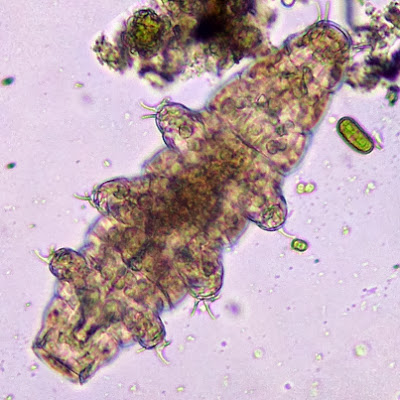
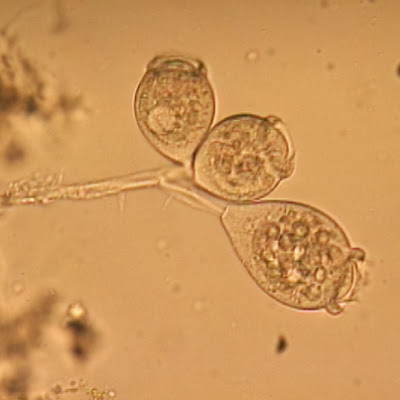
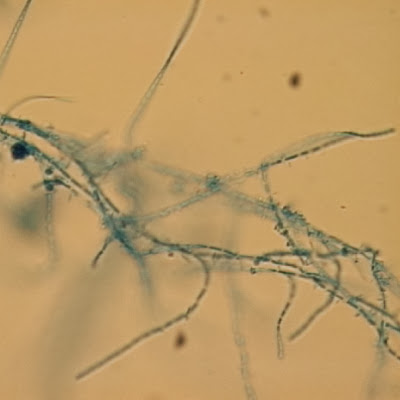
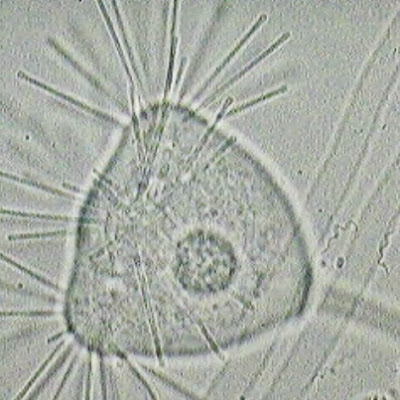
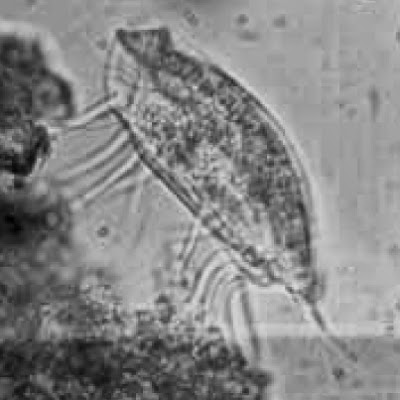
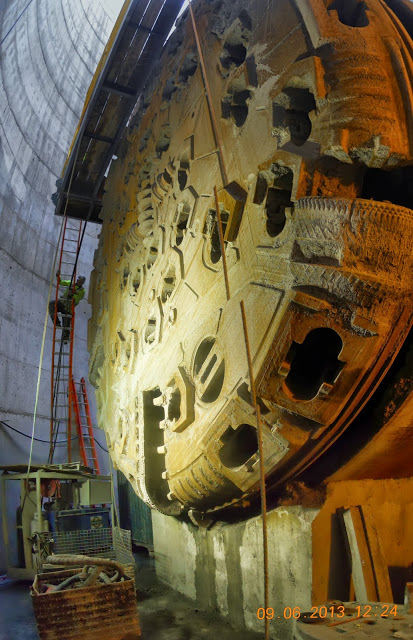
Comments ( 1 )
These are very Halloweenish and scary, but what about Nocardia? Like this Nocaria scum that nearly consumed an unnamed POTW 10 years ago https://www.flickr.com/photos/misterken/15602819495/.